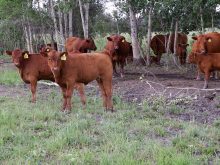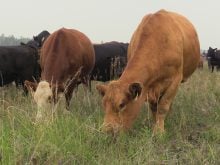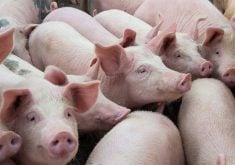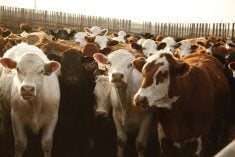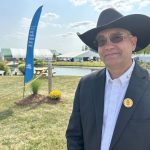REGINA – You can judge a bison through its cover.
Gerald Parson of Stratford, Oklahoma, has seen a lot of bison in his career as a buffalo rancher and veterinarian. He has judged cattle and bison at the Denver Stock Show and is known as one of America’s top bison breeders.
He moves slowly and confidently in a pen of 1,000 pound, yearling bulls he has never met before. Parson is judging the Canadian Bison Show at Canadian Western Agribition in Regina.
“Canadian bison are by far and away the prettiest. Larger animals with a heavy hair coat. They’re awful nice to look at,” said the Oklahoma producer. “Most of my herd started right up here in Canada.”
Read Also
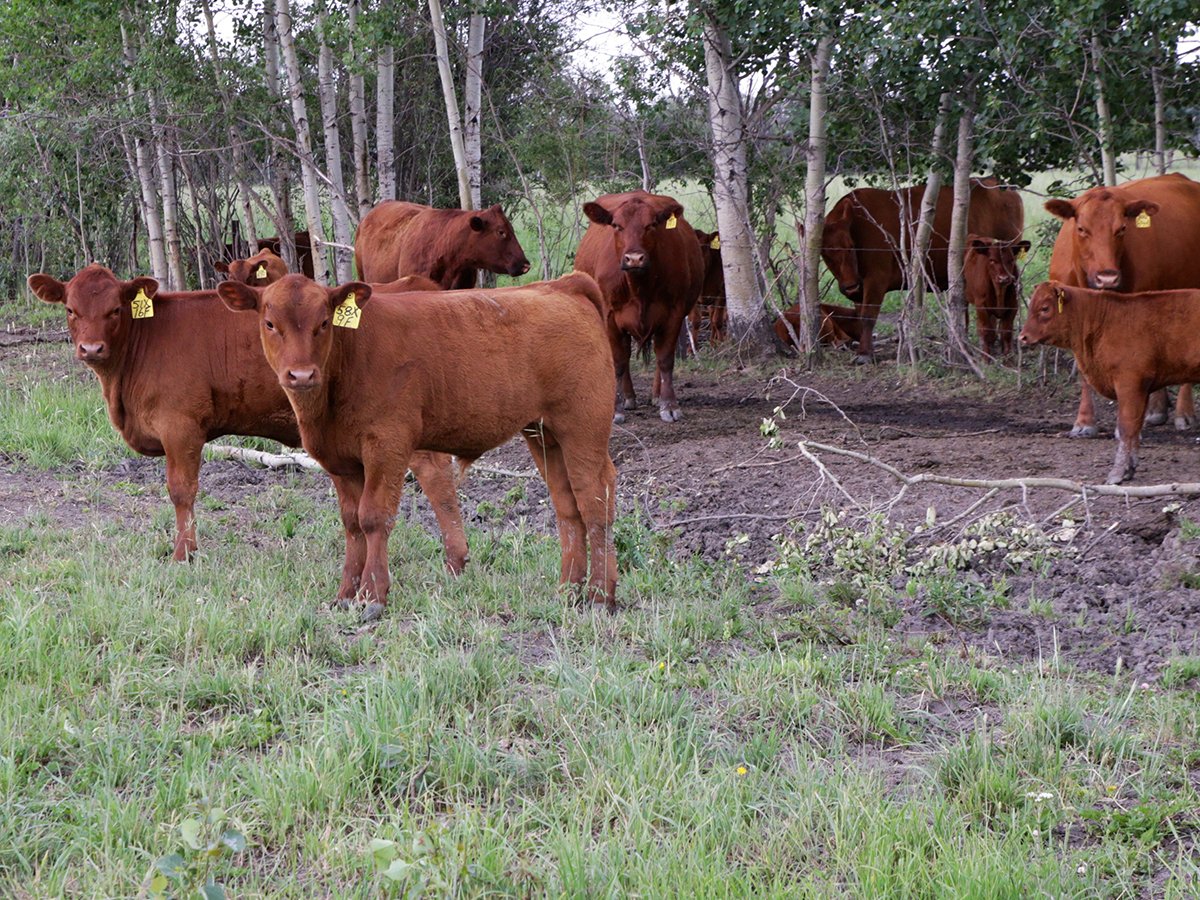
Feeder market continues the climb
For the week ending Aug. 30, Western Canadian feeder cattle markets traded $4-8 per hundredweight higher on average.
Parson’s herd got a genetic boost from a big bison bull and some cows from breeder Bill Bintner of Melfort, Sask.
Today Parson shares his judging duties with Bintner as the pair moves casually through the high-spirited young animals.
Bintner has raised bison for 25 years and said the competition couldn’t get a better judge than Parson.
“Bison are just like any other animal when it comes to judging. A good judge is someone who knows what industry needs and what a sound animal looks like and maybe that little bit more. That intangible something that says ‘this is the right animal. This is what agriculture needs.’ This guy is that judge,” said Bintner.
Parson said bison are a lot like other animals when it comes to judging.
“We look for the basics of soundness and overall health. After that, if the animals are of similar age, then it’s size. This is especially important in bison because there is some significant variability,” Parson said.
“They sell bison the same as other meat, by the pound. The less it costs you to feed them and less time they live at your place, the more money you make. So we judge them on their size and bigger is better,” he said.
Then come the muscles.
“If a producer tries to feed up some bulk, it shows up high on the hip as fat. You want that muscle and bulk low down where you know it can’t be anything else,” he said.
“Wide and long means there is more meat and that’s why we grow them so we look for that too,” he said.
Parson said the rest of the chore of judging is deciding between the animals and then anticipating what the industry is looking for in a bison.
“These aren’t cattle. There is a temptation by some producers to have animals that look more like cattle, but you really wouldn’t want to breed out what makes these animals unique in the marketplace,” he said.
Bison producer Les Kroeger of Hanley, Sask., runs the bison barn at Agribition and has seen the industry shift from a breeding stock frenzy to a business nearly broken by the BSE crisis in cattle and chronic wasting disease in the elk and deer industries.
“Over the years we’ve seen a lot of variability in the bison that are shown and sold. The industry is recovering from a pretty rough time and beginning to become more mature. With it, the best animals are starting to be judged for their true value as livestock and meat,” Kroeger said.


